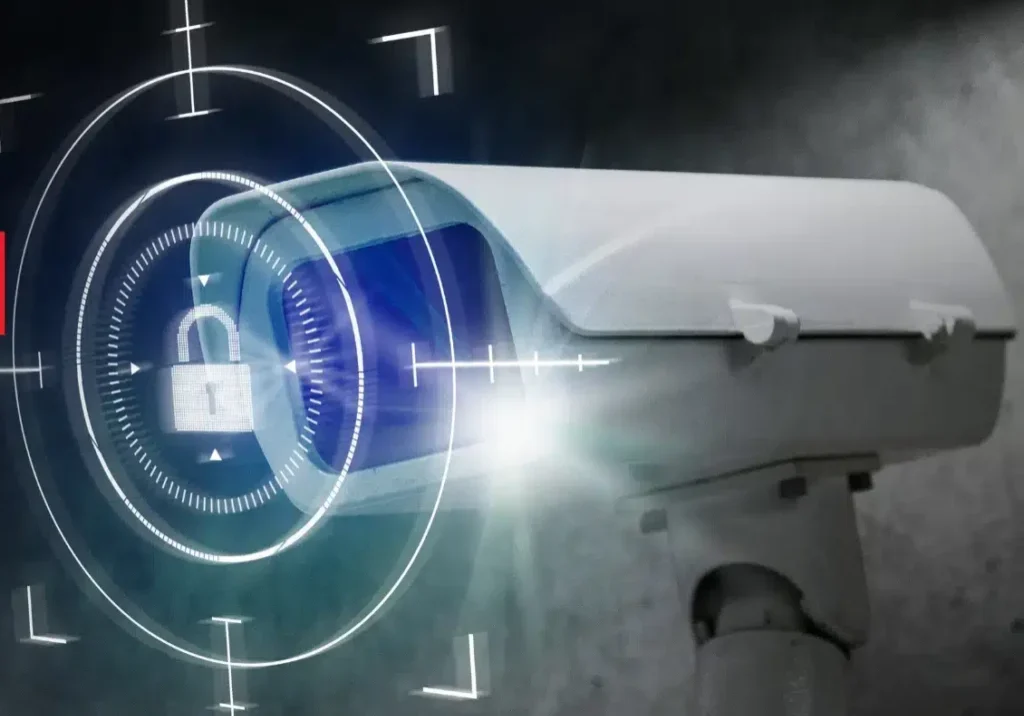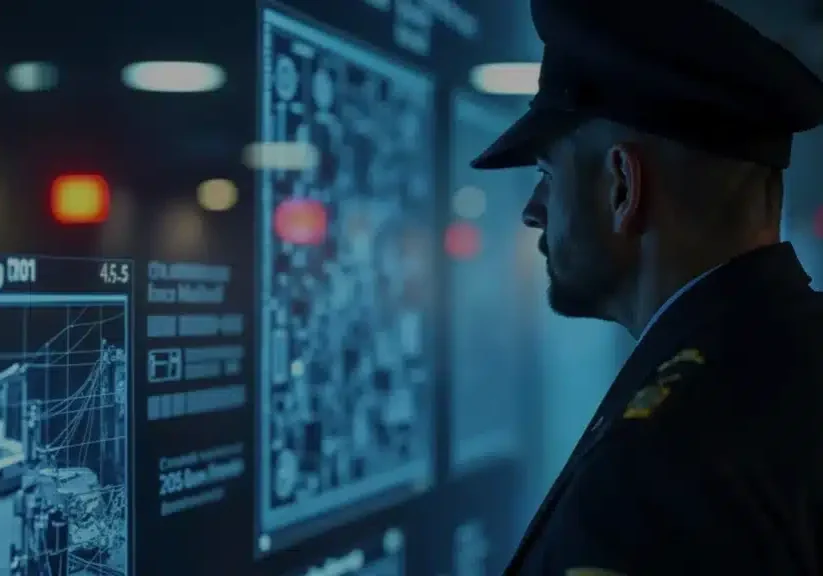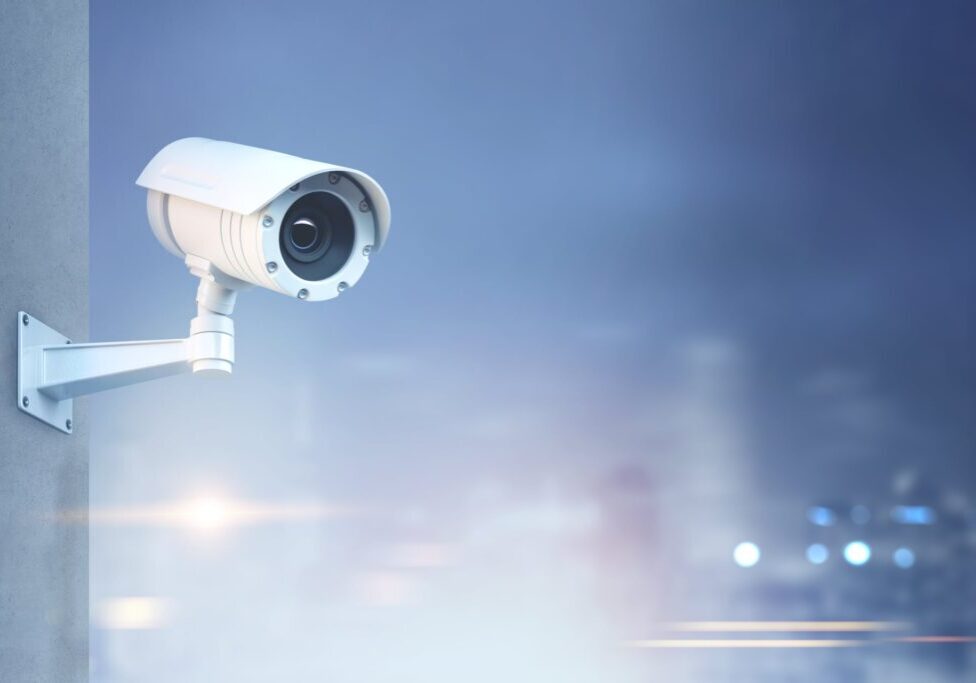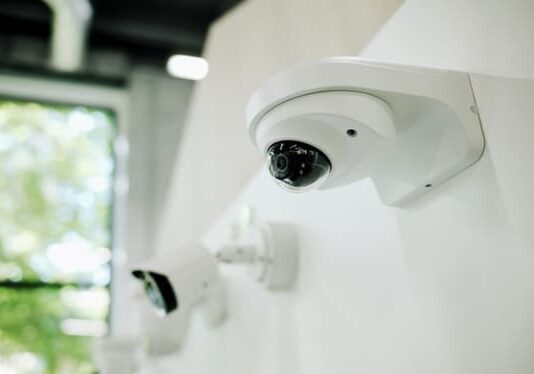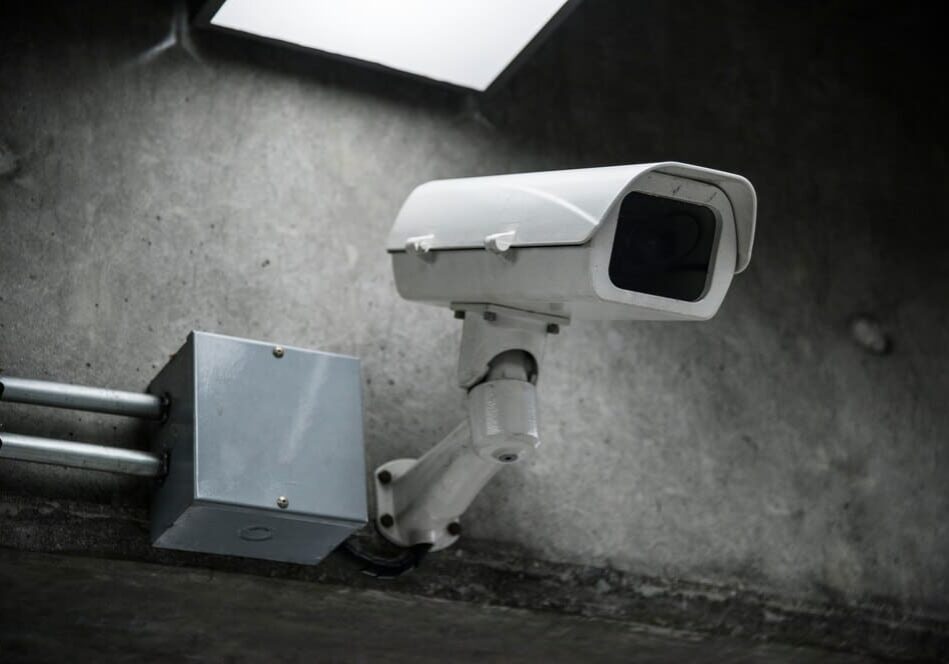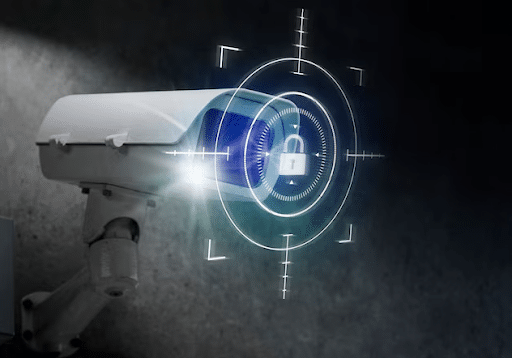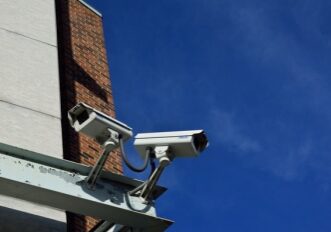Summary: Smart video surveillance that is reshaping security in the public transport sector by helping the authorities in crime prevention, in securing the passengers and staff, as well as responding faster to emergencies. The introduction of AI-based monitoring in transit systems, in addition to safety and efficiency in operation, also presents some challenges in terms of privacy, cost, and data security. With strong cybersecurity measures and clear policies, smart surveillance can be used responsibly and effectively.
Video surveillance has become an essential part of providing security across sectors in recent years, and the sphere of public transport is not an exception. Introduction of video surveillance systems in buses, trains, and transit stations has been one of the major strategies in improving the safety of passengers and workers. Like other technologies, video surveillance has a set of pros and cons, just as any other technology. The implementation of surveillance of any type in the public is bound to raise the question of morals and privacy as well.
However, having evaluated the advantages and disadvantages of AI-based video surveillance implementation in the transport sector, one will realize that the project of introducing smart surveillance to any open space, whether it is parking lots, airports, or residential communities, will help to either secure the innocent and convict only guilty individuals.
The Upsides Of Smart Video Surveillance In Public Transit
Crime Prevention & Detection
Advanced technology has led to a new age of video surveillance, in which the deployment of Artificial Intelligence (AI) has greatly expanded the possibilities of crime prevention and detection in the public transport sector. Intelligent surveillance solutions make use of video analytics using AI tools to process large quantities of data in real-time. This transcends the conventional video surveillance, where the system is able to analyze and interpret video feeds intelligently. Thus, AI algorithms can expose general trends, find unusual behavior, and detect a particular behavior, enabling a more precise and proactive crime prevention approach. Surveillance systems based on AI are also competent in analyzing behavior.
By learning normal activity patterns in transit environments, the system can detect deviations that could, in turn, indicate the occurrence of criminal activities by learning normal patterns of activities in transit settings. This involves the identification of aggressive behavior, unusual modes of movement, and unattended baggage, which provokes immediate warnings that will be followed up on. Smart surveillance can also be used to deploy two additional tools, namely, facial recognition technology and object detection and tracking. Facial recognition is a strong mechanism, where AI algorithms scan the features of the faces of individuals and compare them to the databases of familiar people. This assists in detecting individuals of interest or individuals who are associated with crime. Facial recognition is arguably controversial because of the privacy issue, but it would greatly help secure transit when used in a responsible manner.
Smart surveillance systems are also strong in detecting and tracking objects, which is especially important in busy transit, such as the use of on-site security guards, which might not be effective. Even skilled security guards cannot maintain constant attention and be on full alert, while automated systems monitor continuously. These systems are even capable of monitoring suspicious objects or people all over the transit system automatically and providing real-time details to security officers to act on them.
Enhanced Passenger Safety
Visible video surveillance is a deterrent to possible criminal acts in the transport systems. Therefore, when people realize that they are under surveillance, they have little to no chance of committing an illegal act. This, together with an extensive range of intelligent video surveillance options, creates an atmosphere of a very safe passenger environment.
Worker Protection
Passengers are not the only ones who benefit from smart video surveillance. It also protects the health of the transit employees. The recorded information and video footage are also invaluable evidence, besides the smart monitoring functionalities that actively monitor threats in real-time, in the event of an altercation or accident. This can be presented to the law enforcement to investigate, presented in a court in case of litigation, or presented to the insurance companies to file claims.
Although the use of video monitoring is questionable, as well as the privacy concerns of employees and the surveillance cameras, there are no cameras in use in any non-public space. In addition, they can act as insurance for both the employees and employers since they can make sure that the truth will always be present and will always surface.
Emergency Response Improvement
The AI tools may review past data to identify crime hotspots and trends. By recognizing high-risk zones and times, transit authorities can effectively prevent criminal acts, so that they can be deployed in advance. Such a predictive system is more advantageous in terms of overall security posture and would make transit smoother for both passengers and workers.
It is also possible to have smart surveillance systems that create instant notifications to unusual or potentially dangerous situations. Such real-time alerts enable security personnel in transit to act promptly, thereby enabling faster emergency intervention and minimizing the chances of an incident involving criminals becoming a major problem. 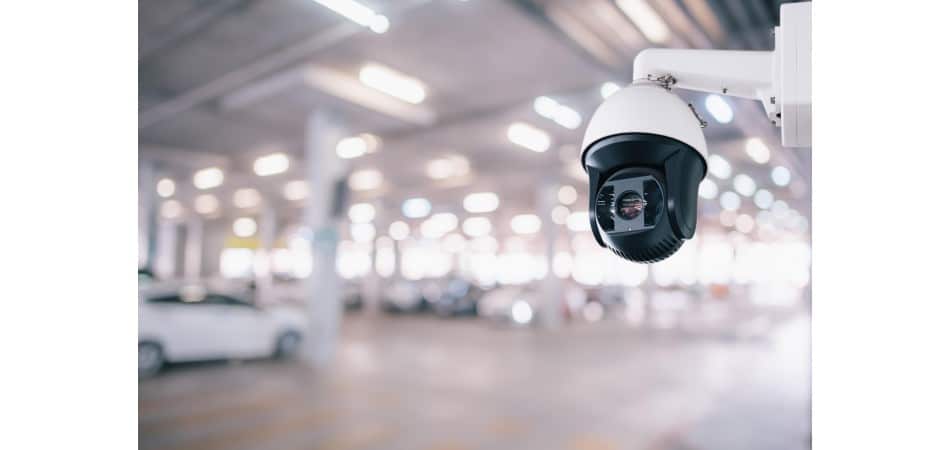
Asset Protection
Finally, it is important to mention that the transportation organizations spend a lot of resources on transport and infrastructure. The intelligent video surveillance, therefore, assists in securing these assets against vandalism, theft, and other damages. This can be used to protect your bottom line and reduce the cost of repairs and replacement.
The Drawbacks Of Smart Surveillance In Public Transit
Privacy concerns remain one of the key issues that have been raised with respect to video surveillance. Passengers are also likely to be uncomfortable with the idea that they are being tracked all the time, and this poses a question of freedom versus national security. Public transit agencies can also find installing and maintaining a full-fledged video surveillance system to be a rather expensive project.
The first investment will involve hardware and software installation, and the cost of the second type will be maintenance, upgrades, and employee training. The video surveillance systems, whether smart or not, are not immune to technical problems, as well. Others may involve a breakdown of the cameras, software failures, and connectivity issues. Such issues can undermine the quality of the system and lead to weak spots in the entire system’s security.
Also, the video surveillance storage of huge quantities of video data is a possible risk to the security of the data. Therefore, transit agencies should adopt effective cybersecurity to ensure that sensitive footage is not accessed by unauthorized individuals or other cyberattacks that may lead to information being compromised, including that of passengers and workers.
The last issue is related to the access to video records and the risk of their abuse, both by the workers of transit and third parties. Hacktivism on the surveillance data or its interventions might cause wrongful charges, breach of privacy, or legal issues.
Striking The Right Balance: Best Practices
It is quite feasible to find a middle ground where the latest smart surveillance tactics are used, and at the same time, the data, passengers, and employees are kept safe and secure.
First and foremost, utilizing open and honest communication between the transit system and passengers regarding the reasons for and the limits of video surveillance is essential. It is very important to emphasize that the cameras are located only in public places and their function is security – nothing else.
Also, letting transit agencies’ passengers know how the footage will be stored and used by the agency could help in building trust between the agency and the passengers.
Next, following privacy laws and regulations is the first thing that transit agencies should consider. They must keep themselves updated with the changing laws, and their video surveillance solution must be compatible with the legal requirements in order for the agencies to safeguard both the passengers and the employees.
Investing in quality surveillance equipment is another way to overcome the difficulty of technical failures or system outages. Although the initial capital outlay might be significant, it will definitely be a guarantee of reliability and durability.
The regularity of being updated on maintenance, hardware, and software will not only improve the system but also lessen the chances of any technical problems arising.
Another must-do requirement is enforcing strong cybersecurity protocols. Safeguarding video material from unauthorized entry and possible hacking attacks is very important. This will continue to foster the public and employee confidence in the security measures that have been put in place.
Lastly, transit agencies ought to have clear policies on the manner and accessibility of video surveillance data. Well-trained staff for all parties who are engaged in the monitoring and management of the system will not only deter the misuse but also guarantee the responsible handling of sensitive information.
By rolling out a succinct surveillance strategy with proper safeguards in place, smart video monitoring can be a blessing. A picture may speak a thousand words, but videos leave no room for alternative interpretation. This concrete evidence only helps the truth of the moment surface.
The Future of Public Transit Security Is Smart Surveillance
Smart surveillance powered by AI represents a massive leap forward in enhancing crime prevention and detection in public transit.
Resolute Partner’s intelligent analysis of video data, coupled with real-time alerts and predictive capabilities, creates a more proactive and efficient security environment that’s beneficial for passengers and workers alike.
With the proper execution and safeguards in place, transit agencies can also satisfy compliance regulations, reduce the likelihood of technical lapses, and mitigate privacy concerns to ensure trust and safety for everyone.
FAQs

Michael S. Blanco is the Chief Executive Officer and Co-Founder of Resolute Partners, LLC, where he leads strategic initiatives across various divisions. After owning family entertainment centers in New England, he co-founded Resolute Partners in 1996, launching the first Internet cafés for the U.S. Navy and partnering with AT&T for global deployment. A pioneer in wireless communications, Michael has expanded the company’s focus to include Energy Management/IoT, Cybersecurity, and Managed Video Security. He holds a degree from the Rochester Institute of Technology.
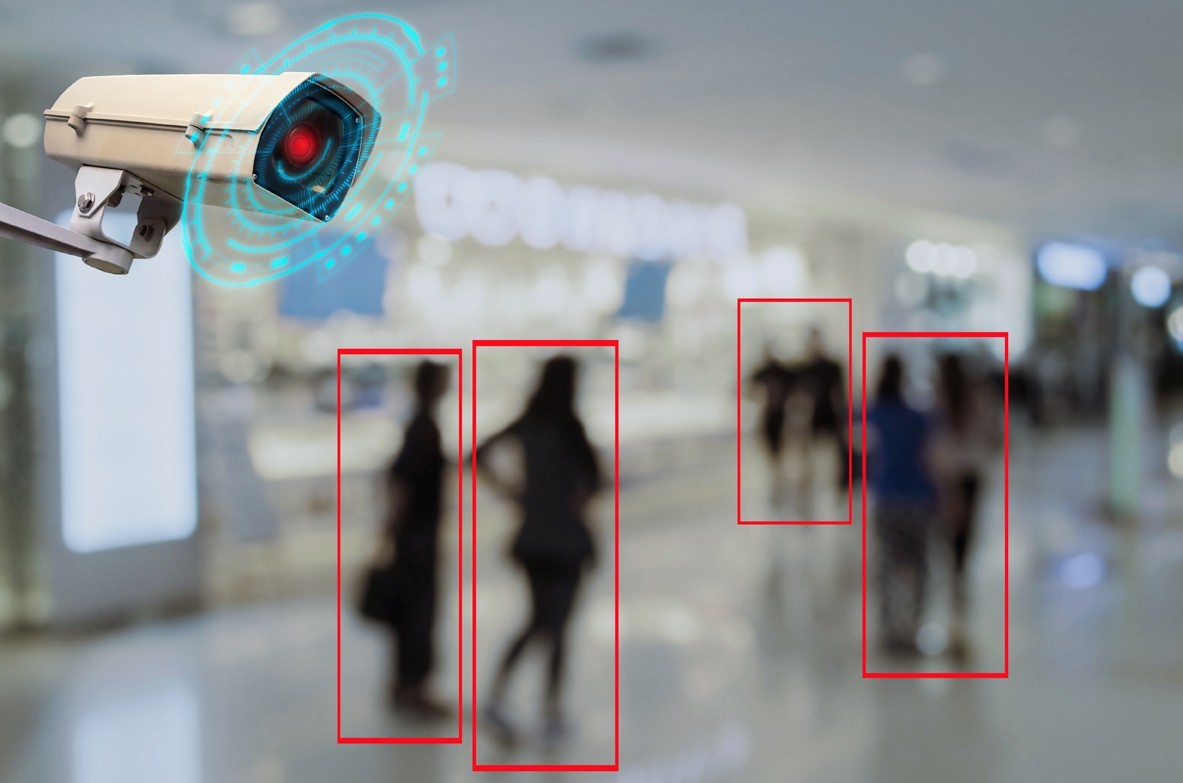
Stay up to date.
Subscribe for latest news, protection tips, special offers, and more!








